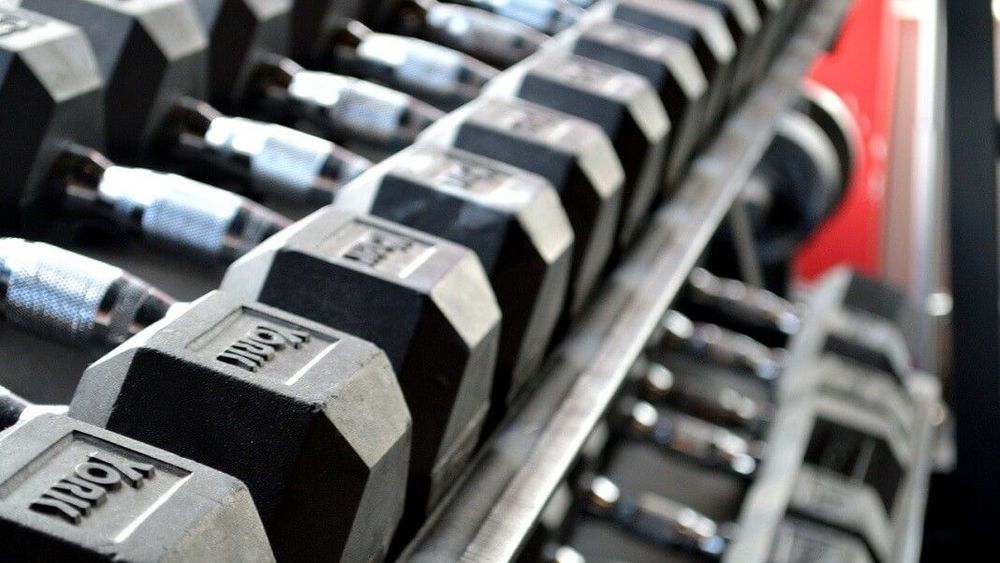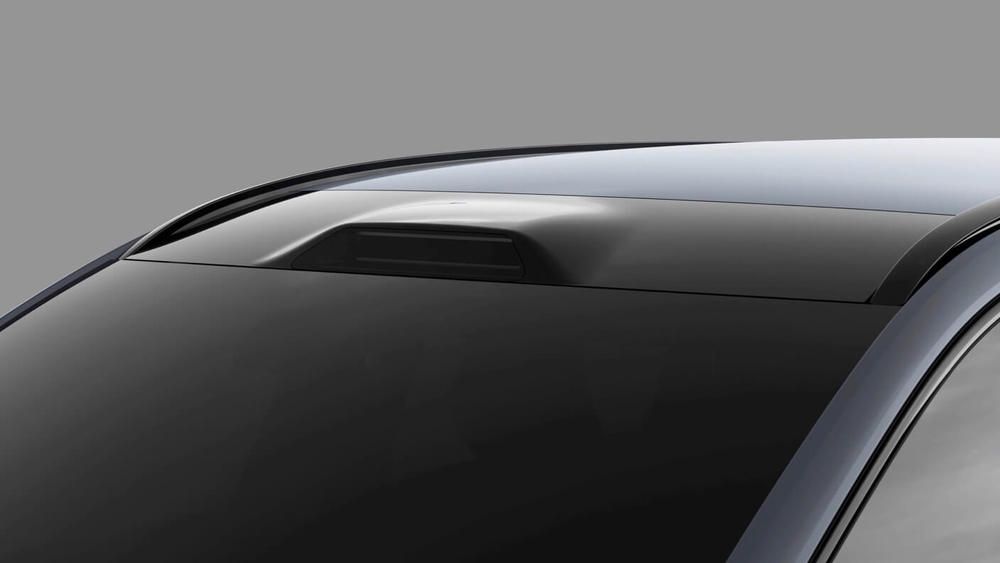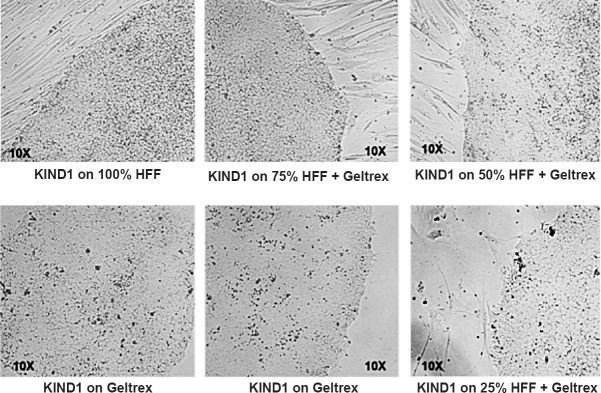May 20, 2020
Forget Exercise—These Mice Got Ripped With Gene Therapy
Posted by Omuterema Akhahenda in categories: biotech/medical, food, health
A gene therapy trial performed on mice may foreshadow yet another way to hack fitness. In a study done by a team at Washington University in St. Louis’ medical school, mice quickly built muscle mass and reduced obesity after receiving the therapy, even while eating a diet high in fat and not exercising. The results were published last week in a paper in Science Advances.
The gene targeted was FST, which is responsible for making a protein called follistatin. In humans and most other mammals, follistatin helps grow muscle and control metabolism by blocking a protein called myostatin, which acts to restrain muscle growth and ensure muscles don’t get too big.
The researchers injected eight-week-old mice with a virus carrying a healthy FST gene (gene therapy involves adding healthy copies of a gene to cells, usually using a virus as a deliveryman).
Continue reading “Forget Exercise—These Mice Got Ripped With Gene Therapy” »


















